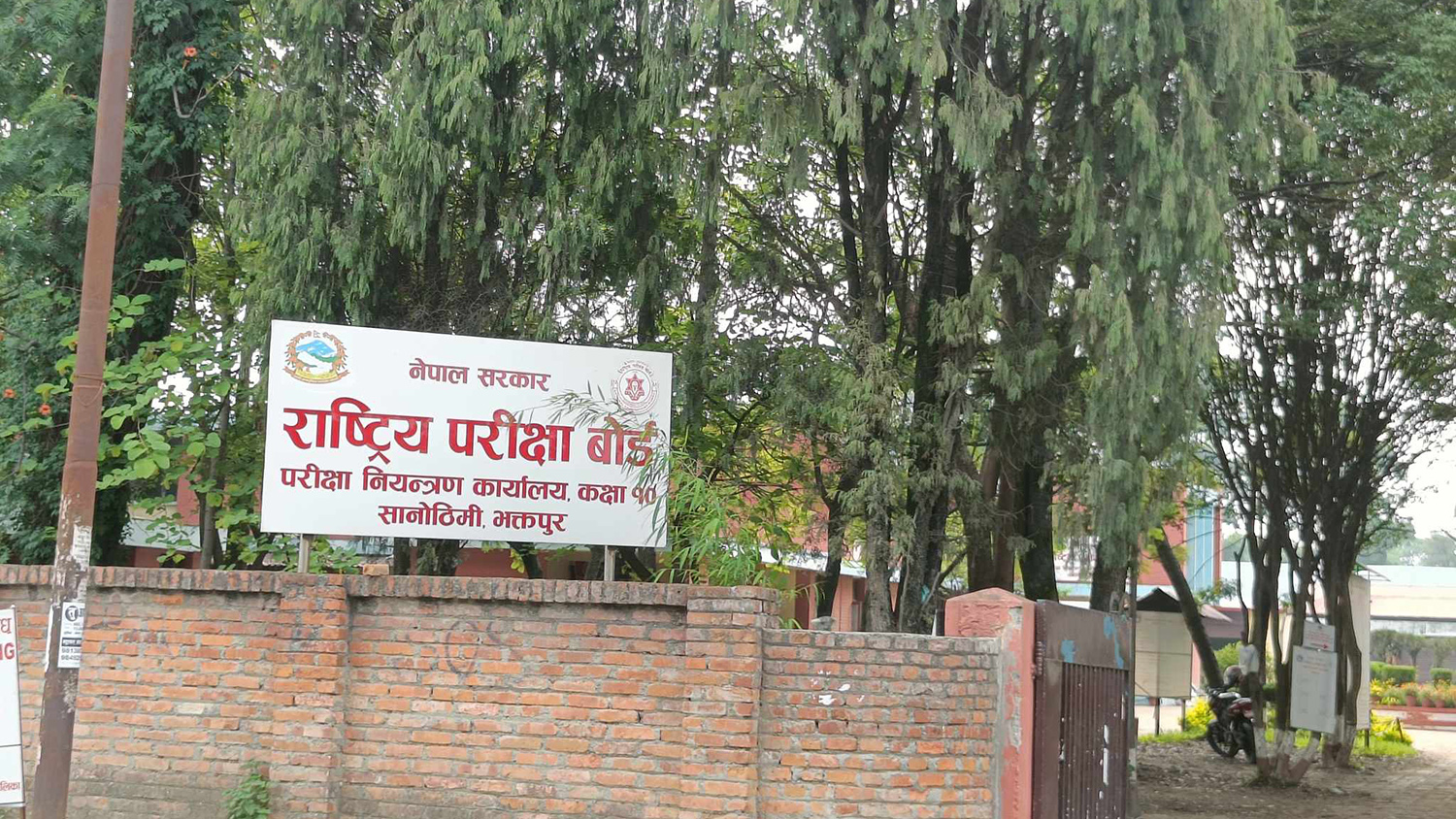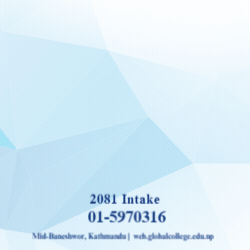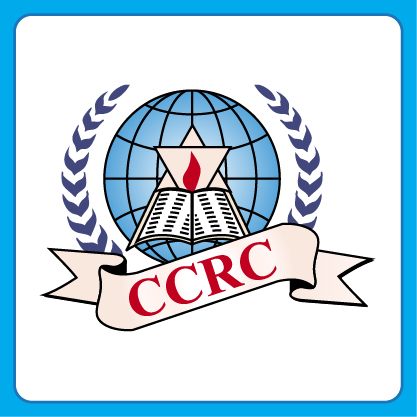Equality of men and women
We use Google Cloud Translation Services. Google requires we provide the following disclaimer relating to use of this service:
This service may contain translations powered by Google. Google disclaims all warranties related to the translations, expressed or implied, including any warranties of accuracy, reliability, and any implied warranties of merchantability, fitness for a particular purpose, and noninfringement.


A nation that tries to suppress women's potential cannot thrive because it leaves behind half of its citizens who can contribute to its development. Michelle Obama's statement can be a lesson for every country in the world. If half of the society is behind then surely the society is not equal.



The structure and balance of the society has deteriorated due to the discrimination and inequality between men and women. If we look at the past of the mother, the present of the wife and sisters of our own age group, and the future of the daughters, we can find a huge disparity in their appearance, experience and thinking. Except the mother's past and the wife's present do not match. There is a stark difference between the environment and style when mothers raised their children and the current environment. Due to growing up in different environment, there is a lot of difference in the thinking of mother, wife and daughter towards the present future. In order to understand the topic of social transformation, how much the present time has changed the thinking of the generation of parents, how much our children feel the difference in thinking between us and our parents has an important meaning.
A few decades ago, Nepalese men used to go to Tibet to do business and some married Tibetan women. If the children born from them were sons, they could be made Nepali citizens. However, if a daughter was born, she would be ineligible to get Nepalese citizenship. It was not a distinction made by an individual. This was the legal system of the state. When the consciousness developed that society should be governed by laws, this level of discrimination between men and women was done through the law itself. Many of the old laws contain many such distinctions. About 89 years before the first citizenship law of Nepal, i.e. 161 years before today, Nikolai Chernyshevsky prepared a
novel 'What is to be done' about the concept of independent women and the existence of independent women. In which the reality of where the future society should reach by envisioning an independent woman has been depicted. Vera Pavlovna, a character in the novel, has four dreams. Those dreams were related to humanity, freedom and women's liberation. Discussing the novel, writer Bina Thing wrote in an online blog some time ago, "The novel advocates women's liberation." However, this is possible only when women are freed from family slavery. She is self-sufficient. She is able to take love and revolution together.'
Discrimination against women has been going on for a long time not only in Nepal but all over the world. Even though voices were raised in the world since 160 years ago, until 72 years ago, in Nepal, children born from the same process have been discriminated by making laws. Compared to that time, the women's society of Nepal has developed a lot. With the start of parliamentary practice since 2015, women's participation in parliament began. The panchayat system introduced in 2017 has narrowed the freedom that was opening up. Before the change in 2046, women's rights were determined by the ruler's decree, and then women's participation in the parliament was ensured by mentioning it in the constitution itself. Article 114 of the 2047 constitution stipulated that at least 5 percent of women should be candidates in the parliamentary elections, and 7 women were elected in the 2048 general elections.
The interim constitution formed by the political changes of 2063 ensured at least 33 percent participation of women in every body of the state. The constitution of 2072 also continued that arrangement. This constitutional arrangement created a great legal basis for increasing the significant participation of women in policy making and other fields. In the 2056 election, the representation of women in the then House of Representatives was 5.9 percent, while in the last election, the representation is 33.1 percent. In the local elections of 2054, the representation of women was 11.8 percent, but now this representation has reached 41.2 percent. In 2062/63, the participation of women in the civil service was 12 percent, but now this share has reached 28.5 percent.
Women's ownership of real estate has reached 23.9 percent. The gender inequality index improved from 0.532 to 0.452. These figures show that women's participation in public bodies is relatively encouraging. The basis of this enthusiastic representation is the constitutional arrangement. However, in some gender issues, there is a challenge to improve the inequality that seems easy in our thinking and practice.
Once upon a time in Nepal, the president, chief justice, representative organization of the private sector and the president of the Federation of Nepal Industry and Commerce were all led by women. This too should be considered an important history. The presence of women is also increasing in the private sector. In the banking sector alone, 45 percent are women. According to Economic Survey 2081, 49 percent of women have reached government health services. Among the teachers teaching at the basic level, the share of women has reached 54 percent.
According to the 2038 census, the average life expectancy of Nepalese women was 48 years. According to the 2078 census, it has reached 73 years. The share of pregnant women giving birth in health institutions was only 35 percent in 2011, but now it has increased to over 70 percent. Many laws have been enacted to end discrimination and injustice against women born out of practices based on ancient traditions such as child marriage, polygamy, rape, domestic violence, etc. Social awareness has also increased on these issues. Even because the state has adopted a policy of positive discrimination towards women, women who have been exploited in the past have started coming forward for justice. Because of this, compared to the past, women have made leaps in many fields. However, this is not enough.
It is necessary to have a general debate and discussion about what kind of society will be and should be after 50 years from the point of view of women. Before that, this issue should be made a matter of debate and discussion within the house or from the hearth. In this debate, it is not enough to look at the changed social structure, behavior and trends in an absolute manner. For example, working urban couples now seem to share household chores. We can consider this as an example of change compared to the past. However, if a guest comes to the house, it is often the woman who goes ahead to give water. Women often have to be active in cooking. Even if they have the same job, it is often women who prepare tiffin for their sons and daughters in the morning. If the office hours end at the same time, women are often the first to reach home. If the family buys only one vehicle, it is often used by men. Their children are also learning the same through these exercises. It is also known from these social behaviors that we still need to improve on the issues that we say have changed compared to the past.
When the need for equality is felt by all parties, it acquires the social status of a common issue. The society we are looking for in the equal development of women and men is the one where they have gained the ability to compete equally. For this, the state should now invest in the field of women, which it is doing. Because faster change is possible through investments made by households and society than by investments made by the state, it is now necessary to have this thinking and practice in every home and individual. If this happens, our gender change, which is calculated in numbers and percentages or ratios, will reach the level of evaluating aspects such as thinking, practice, and trends as standards. This level of assessment in the society can find quality gender development and equality. Much remains to be done to ensure fully realized gender equality. The future gender development thinking is not only dependent on the facts of the past, but also needs to be future-oriented.
– Pant is a gender expert.
प्रकाशित : जेष्ठ ३२, २०८१ ०८:१८

 २१.१२°C काठमाडौं
२१.१२°C काठमाडौं

























